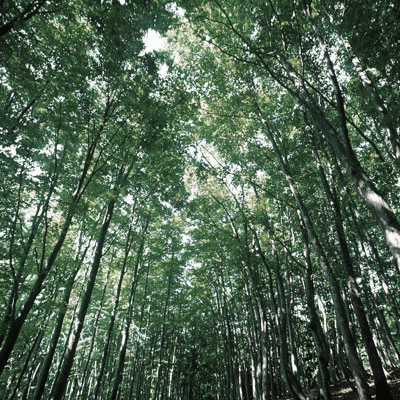Findings from a new study could explain higher CFC gas emissions from chemicals used in insulation foams and in older refrigeration and cooling systems which have long been phased out in production.
In recent years, researchers have been trying to determine the sources of an error in their accounting for where the emissions come from.
The new assessment – which estimates the remaining volume of these chemicals, and the emissions they continue to release into the atmosphere, to be equal to annual emissions from all passenger vehicles in the United States – pushes back scientists' estimate of when the hole in the ozone layer over Antarctica will fully recover by four years, from 2076 to 2080.
Commenting on the new research published in Nature Communications, Neil Harris, Professor of Atmospheric Informatics in the Centre for Environment and Agricultural Informatics at Cranfield University, who was not part of the study, said:
"We've known that there was something wrong for 10 years with the assessments, and we haven't known where in the system it was wrong. It is like accounting – and the books were not quite balancing. On the one hand it means an opportunity has been missed to capture a large amount of gases which both deplete the ozone layer and are important greenhouse gases. It is even more important to capture those that remain in equipment when it is decommissioned.”
Harris also praised the study for its combination of scientific and industry knowledge: "It's a mix of complicated atmospheric science and industry accounting and industry practice, some of which has been confidential in the past. We are going to need more truly integrated studies of this type where the science community and industry and other bodies are actually working together."
The study looks at ‘banked’ volumes of three leading chlorofluorocarbon (CFC) chemicals whose production is banned but remain in use today. CFCs were phased out of production in developed countries by 1996, and in developing countries by 2010, under the Montreal Protocol because of the leading role they played in creating the ozone hole in the atmosphere.
About Cranfield University
Cranfield University is a specialist postgraduate university that is a global leader for education and transformational research in technology and management.




